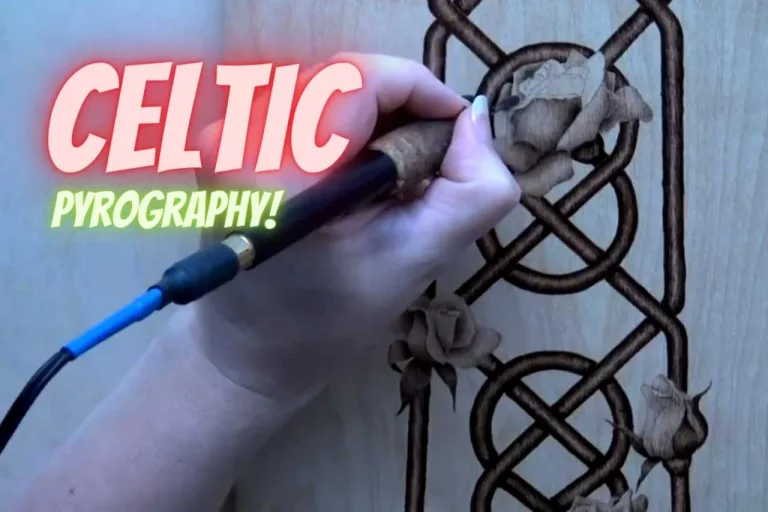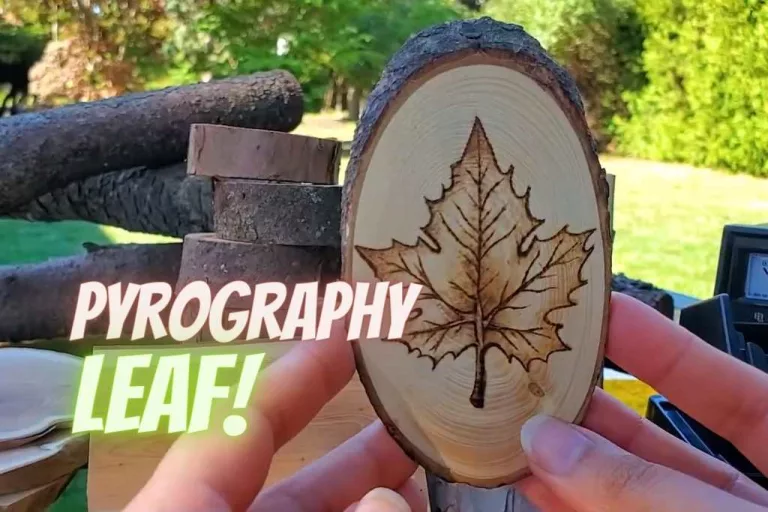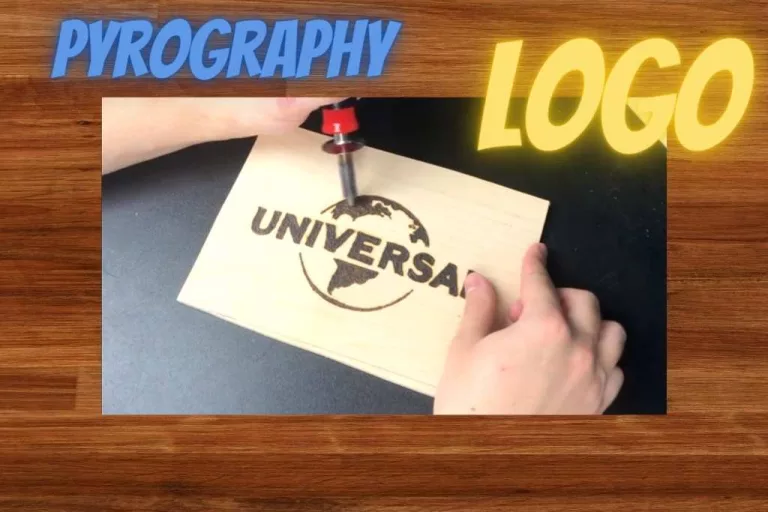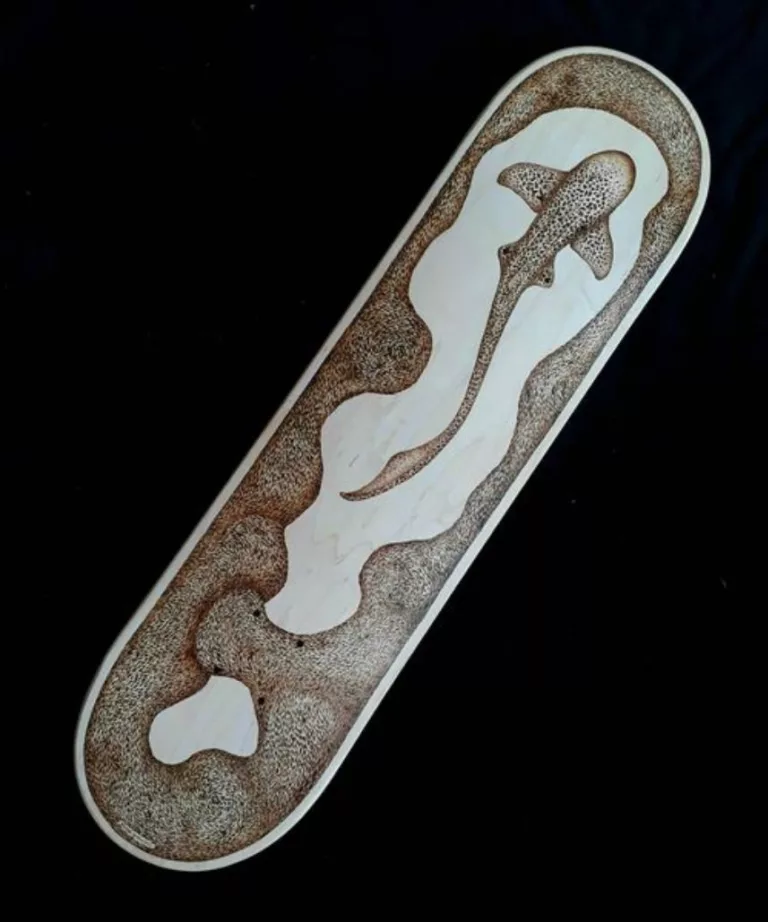Pyrography On MDF: Should You or Should You Not
Can you do Pyrography on MDF? If you ask any experienced pyrographer, the answer will always be NO. If you ask them to elaborate, you will find the technical reason is that it’s not safe. Indeed it is so, with good reasons.
That being said, some may add that it isn’t possible at all to use them if not under the right conditions. But for that, you need to know what the right conditions are. Today, we will discuss the topic of MDF in relation to pyrography in detail.
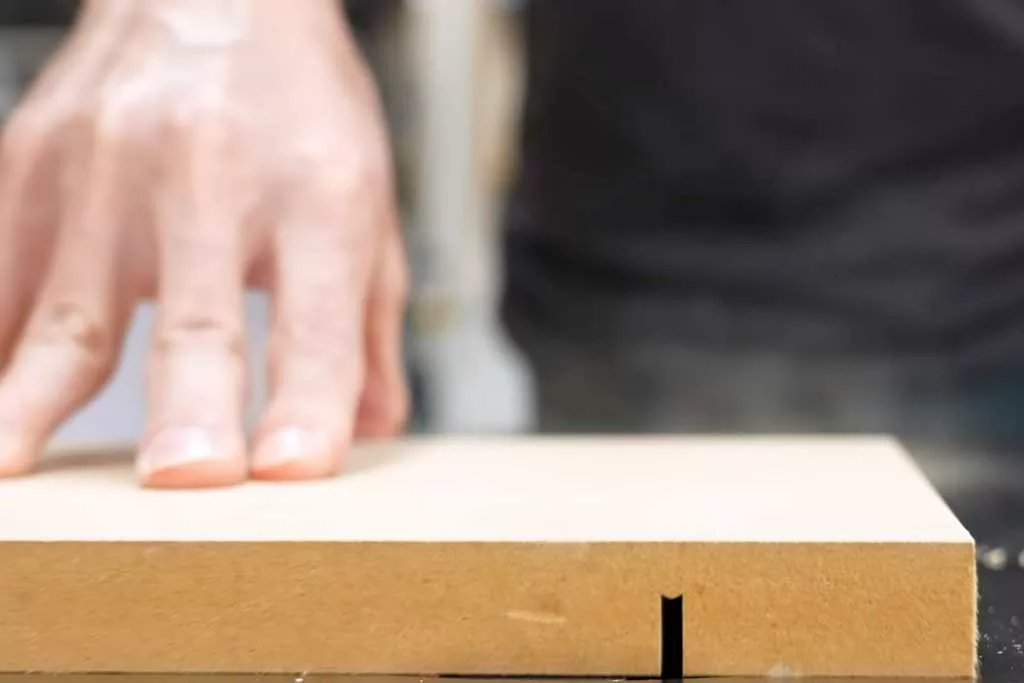
Table of Contents
What Is MDF?
It stands for Medium-Density Fiberboard and is named this way due to the distinctive density of fiberwood.
It is formed by breaking down hardwood and softwood residuals, Then, high pressure and temperature bind the resulting wood fibers into panels with wax and resin.
Nowadays, this term has become an umbrella term for any dry-processed fibreboard. They are a popular choice to use for furniture because of their smooth finish and texture. It is also much cheaper than natural wood.
Why is Pyrography Not Safe On It?
- Processed wood in general is unsafe to use for pyrography. These wood-alternatives are chemically treated to prevent rot and resist mold.
- Burning into such wood-alternatives vaporizes the chemicals and releases toxic fumes that are harmful to the body. These fumes disperse into the air and should not be breathed in.
- MDF generally contains a significant amount of urea-formaldehyde (abbreviated as UF, it is a nontransparent thermosetting resin or polymer, produced from urea and formaldehyde) resin glue and paraffin wax. When you burn into a piece of it, it will immediately start producing harmful fumes very close to your face.
- Breathing these fumes in over a while can have long-lasting and long-term effects.
- UF fumes in particular can affect the lungs and cause breathing problems and even dizziness. It can also sting the eyes and cause allergic reactions in some people. Most concerningly,
- UF is said to be human carcinogenic in high concentration i.e. it can be cancer-causing.
Some Other Discouraging Reasons
- It does not hold up well in humidity, it tends to bloat or deform under humid conditions. If it gets wet enough, it might directly swell up and even break.
- Even with proper varnish and finishing, a pyrography project on this surface can be susceptible to such deterioration.
- The burn is less smooth than on natural wood due to the copious amount of resin and wax involved.
- The surface is smooth and grain-less but the inside is not. So, it gets harder the deeper the burn is.
- Your city may have included MDF in the restricted materials for burning.
Even if it is potentially dangerous to burn on this material, you may face a challenge or a rare situation where you have to burn this board. Read the following section for the precautions to get the least possible exposure to the toxic fumes.
Precautions
Overall, there are many health risks of doing pyrography art on MDF, so it is best to avoid it if possible. But despite all this, there might be circumstances where it is what you need to use. In that case, you need to know enough to protect yourself well.
The dangers of burning MDF mainly become an issue when you work in a closed environment. If you must use it for your burning needs, let’s discuss how to try it to do safely.
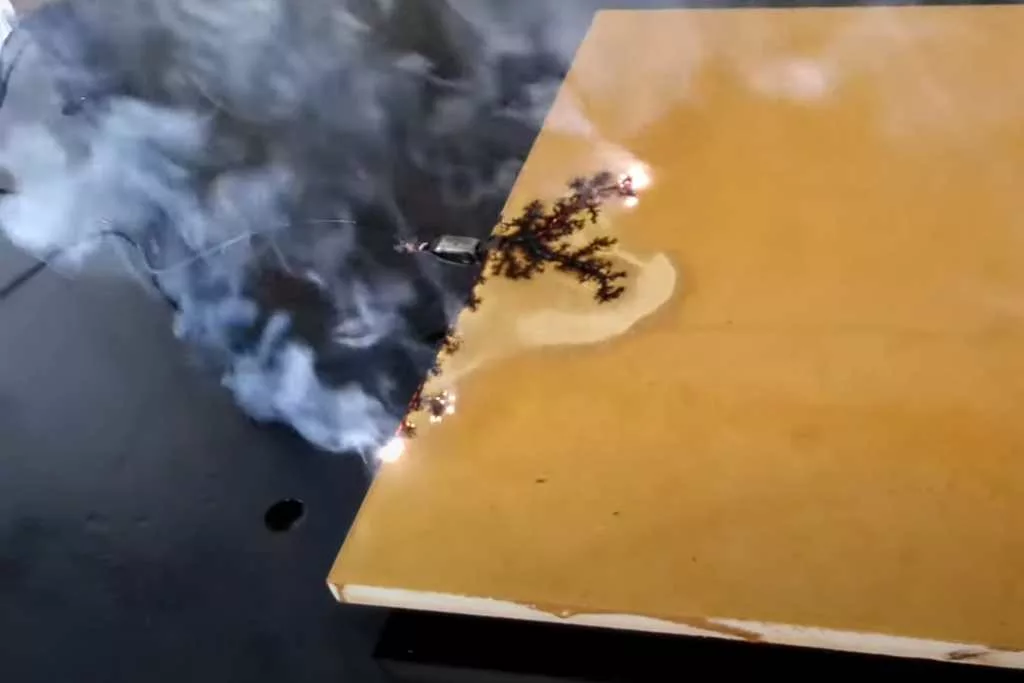
Ventilate Your Work Area
It is vital to make sure that the room in which you’re working is well-ventilated. The area must not be a closed space, because in that case, the released fumes will continue gathering. Letting the fumes build up would result in more toxic inhalations and worsen your condition faster.
Keep the windows and doors wide open the whole time you are burning. It is also necessary to keep up air circulation, in a way that the air inside constantly keeps flowing outside. The next point should help with that.
Use a Fan
You can set up a small table fan or a standing fan beside your workspace to help with airflow and fume inhalation. The trick is to place the fan so that the air flows away from you. If you can direct the airflow towards and out a window, then that’s even better.
On one hand, it would greatly improve the air circulation in the workroom. On another hand, it would blow the fumes away from your face. Overall, it is a simple but efficient addition that can reduce the health risk involved by a wide margin.
Wear a mask
You can count wearing a mask as standard practice for pyrography in general, not just for using MDF. The most obvious benefit is that it protects you from direct inhalation of toxic fumes. Aside from that, it also shields you from breathing in the dust produced during the sanding.
You can also invest in a high-grade respirator to maximize your safety. This way, all noxious air will be filtered before you breathe it in.
Wear Goggles
Wear a set of goggles during pyrography to protect your eyes from dust and fumes. During the sanding process, it would keep your eyes from drying out. While it might not fully stop the possible eye irritation from burning MDF, it will definitely reduce the harm.
During deeper burning, small pieces might suddenly break off. Having goggles on would minimize the risk of a piece shooting into your eyes.
Take Breaks in Between
Take intermittent breaks during long projects to guard against unforeseen circumstances. Since the material we decided to work with is unsafe, we must ensure safety. So, you should be wary of an accidental fume buildup or slow health decline.
Despite all the preparations to be safe, there is always a chance of overlooking something or things going wrong. Step away from the workspace and go outside for fresh air every 10-15 minutes. Also, be mindful, you must get out at the first sign of respiratory difficulties.
Here’s an article on general safety precautions for pyrography.
Safer Alternatives
Plywood
It is similar to MDF in almost every way. They are both made up of thin layers of wood glued together and use the same UF. But the difference is that plywood is a stack of thicker layers of actual wood.
The UF that we are so worried about, lies deeper beneath the surface in plywood. Generally, you won’t need to burn deep enough to reach the UF. You would need to burn through a whole outer layer to do so. The heat setting on your burner must be very high.
Zero-Added Formaldehyde MDF
This type of MDF doesn’t have any formaldehyde added to it, so the risk of UF doesn’t exist. It is a fine alternative in terms of safety. But it needs to be specially manufactured, so the price is quite high. Instead, you could simply get natural wood.
Conclusion
Burning MDF is quite unsafe and I would strongly advise against it, but it is not an impossible task. As you can probably tell, working in an area with sufficient airflow reduces many risks.
So in the end, can you use this medium for pyrography? Now that you have all the relevant information, perhaps you can form your own answer to this question. As always, stay safe, and happy burning!
Related Resources
- Check this article on ‘The Spruce’ regarding burning MDF. It explicitly says that you should not burn it for health hazards.
- Quora has a discouraging discussions on MDF burning as well.
- Here’s an interesting video discussion this burn
- Safety measures in pyrography
- Best woods for doing burn art
FAQs
Can you do pyrography on MDF?
No, you shouldn’t do pyrography on MDF. Usually, it is the solid form of wooden fiber, urea-formaldehyde glue, and paraffin wax. These elements may produce toxins when they are burned.
Can you melt plastic with a wood burning tool?
No, you must not melt plastic with a wood burning tool but technically you can. It is not recommended for two reasons –
– Melted plastics will produce harmful substances that you will breathe in
– The tooltip can get plastic over it and you might find it difficult to use it further

